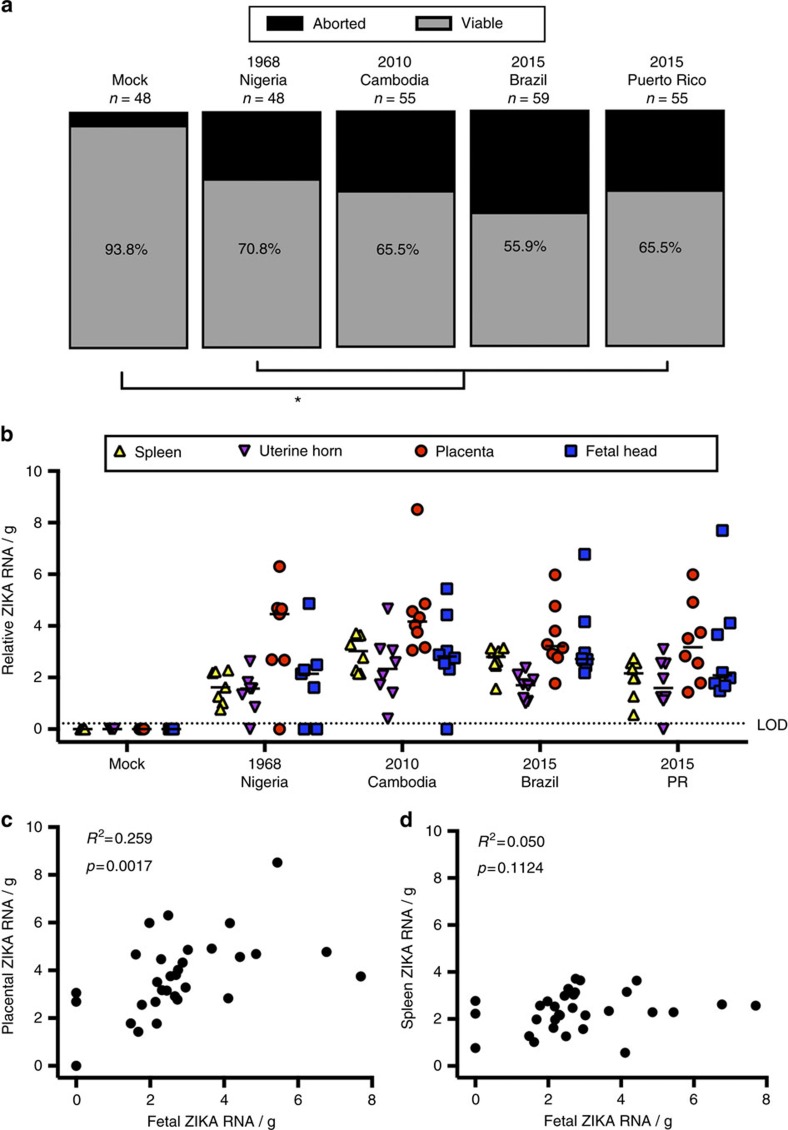Figure 2. Historic and contemporary strains of ZIKV productively infect placental and fetal tissue to alter the outcome of pregnancy.
At embryonic day (E) 10, pregnant CD-1 mice underwent a mini-laparotomy in the lower abdomen for intrauterine (IU) inoculation of 106 TCID50 units of the 1968 Nigeria, 2010 Cambodia, 2015 Brazil or 2015 Puerto Rico ZIKV (n=7–8 dams/virus strain) or vehicle (n=7 dams). (a) At 48 h post-inoculation (hpi; E12), dams were killed and fetal viability was determined as the percentage of fetuses within the inoculated uterine horn for ZIKV- and mock-infected dams that were viable. (b) ZIKV RNA was quantified from maternal spleen, uterine horns, placenta and fetal brain tissues collected 48 hpi, with the median indicated by the solid line for each tissue and the limit of detection (LOD) indicated with a dashed line. (c) Viral RNA in the fetus correlated with viral RNA in the placenta (c), but not in the spleen (d). Chi square test (a), two-way ANOVA with Bonferroni post-hoc correction (b), and Pearson correlation analysis (c,d), *=significant difference at P<0.05 between ZIKV- and mock-infection.

